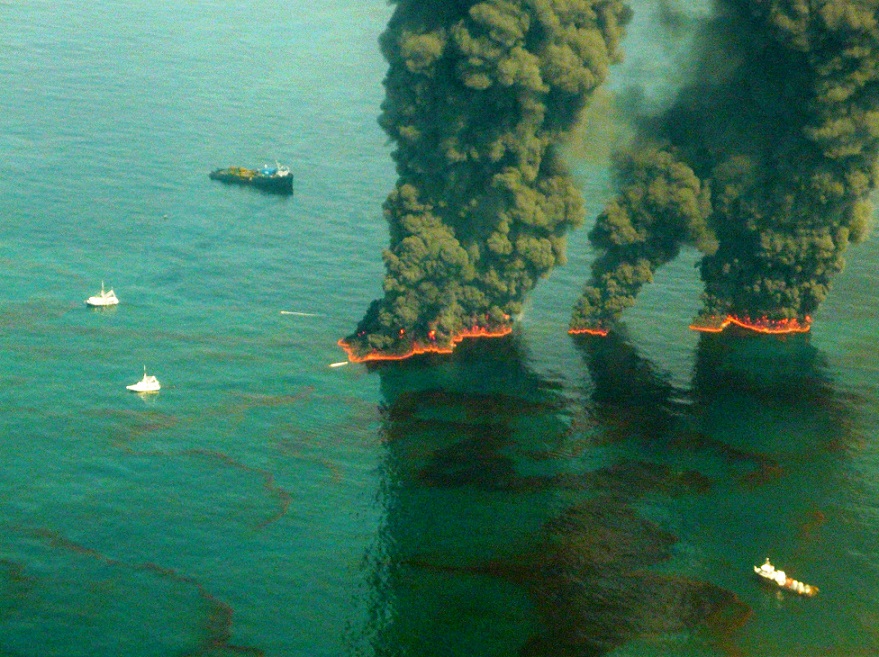This post is also available in:
 עברית (Hebrew)
עברית (Hebrew)
For many years, direct observation has been the preferred means of determining the location and extent of an oil spill, but that is changing as unmanned units enter the market. Various underwater and above-water units are already being tested. Among the obvious advantages of autonomous systems is reduced risk to personnel. Autonomous technology is advancing quickly, but there are challenges, among them safely and accurately navigating autonomous units, communicating with them and enabling them to transmit data. Whether deployed under the water or above it, they suggest there are some key issues to address to make autonomous oil spill response a reality. These include sensor development, the development of lower cost AUVs and AUVs that can sample the water in their area of operation. Command and control of AUVs and USVs and of multiple units is another challenge, as is the development of novel, low-cost ways of deploying and operating them, according to osjonline.com.
There are many different types of autonomous units. Oil Spill Response (OSRL), offers a joint autonomy project (MARS) aimed at evaluating how autonomous surveillance systems, including platforms and sensors, fit into emergency spill response operations and the role that they might play in day-to-day monitoring. Autonomous systems can provide valuable real-time data about an oil spill and about its extent. They have a potentially very valuable role enhancing situational awareness, but there are also issues such as data security to consider. Some areas might be inaccessible to their use.
The MARS project has examined the use of a survey-type autonomous underwater vehicle (AUV) capable of providing oceanographic data, seafloor bathymetry, imagery and biogeochemistry. Typically, it would be launched from/acoustically tied to a mothership and provide precise geo-referenced datasets. For all the AUVs, navigational accuracy is a key issue, as it is essential to be able to attribute sensor readings to precise locations.
The team also studied the use of unmanned surface vessels (USVs) including diesel-powered short-range vehicles. In the longer term, other types of power and propulsion systems for USVs will doubtless become available.


























